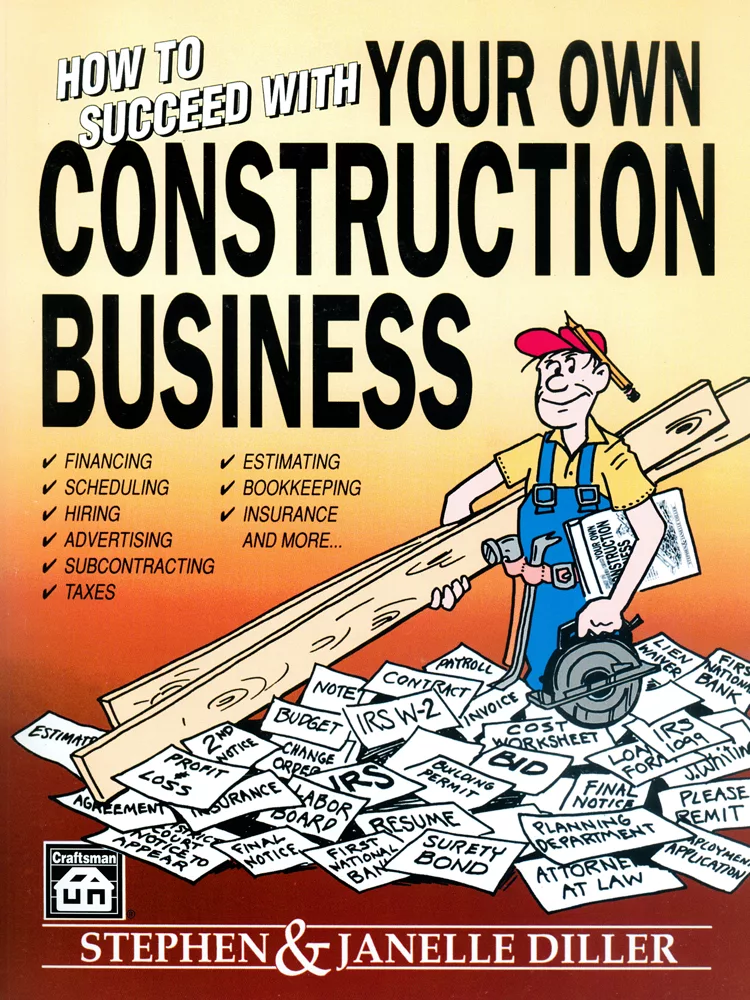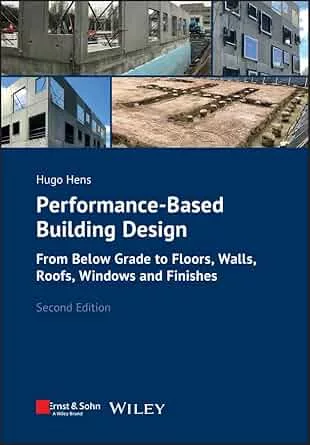Caulks: When and How to Use Them
Your company has just completed removal and replacement of a 100,000-square-foot roof. The project consisted of a pitch tear-off in the heat of the summer, challenging working conditions, no room for material set-up and a demanding project manager working for the owner who was never satisfied with your progress. Despite all of these intolerable conditions, your company performed admirably and applied an exceptional roof system. The roof remained watertight through final inspection but just as the demanding project manager was about to give your company some semblance of a compliment for a job well done, a roof leak occurs.
The bottled up animosity resurfaces and your well-deserved compliment quickly turns into a threat of a lawsuit. The roof is deemed to be a failure. Your repairman is dispatched to the building and contacts you within an hour of his arrival stating that the roof leak is caused by open sealant at the counter flashing. Ninety nine thousand, nine hundred and ninety nine square feet and nine inches of the roof is intact-three inches are open. This is the margin of failure.
This scenario may sound extreme, but it happens on roof projects every day. Caulks are typically the least expensive material used on the project, but they account for most of the repair-related costs. Some of the problems associated with sealant failures are from improper application procedures and some of the problems are from the use of incorrect sealants.
What to Use
Sealants are applied in a number of points throughout a roof application. They are applied at counter flashing joints, metal seams, at tubular penetration flanges, and a plethora of openings in the roof system or adjoining walls. Not all sealant materials are suited for all substrate applications. Some sealants have better coefficients of expansion than others and are better suited for areas of high expansion/contraction. Roofing contractors get into trouble when they use the one-size-fits-all approach to sealants.The success of the construction sealant is based on proper selection and use of the various sealant materials for a specific application. Sealant selection should be based on the adhering substrates. General recommendations for sealant selection typical in roof applications are as follows:
Concrete-to-concrete: Two-part polyurethane
Brick-to-brick: Two-part polyurethane
Metal-to-metal: Perimeter silicone sealant
Metal-to-brick: Perimeter silicone sealant
Metal-to-metal: Perimeter silicone sealant
Metal-to-brick: Perimeter silicone sealant
Specific sealant requirements can be divided into two simple areas. The first is universal properties that a sealant requires to be effective, and the second explains the process of proper sealant application.
There are three universal requirements that a sealant must posses to be successful: adhesion, compatibility and durability.
A sealant's performance in any joint depends on the adhesion of the material to the joint wall. The bond of the sealant/adhesive to the substrate must be strong enough to withstand stresses well beyond those that the joint is designed to encounter. Most sealants' adhesion traits vary depending on the existing substrate.
Another important attribute that aids proper adhesion is surface preparation. Most sealant manufacturers provide surface preparation instructions, particularly if primer is required. With all sealants, it is important that the surface is clean and dry prior to application. The sealant should be installed as soon as possible after cleaning the substrate, before the surface is contaminated with the dust and dirt from the job site. The best adhesion is obtained when the sealant is applied and tooled to completely fill the recess provided in the joint.
Whenever different construction materials adjoin, compatibility is always an issue. Different materials have different formulations. Signs of incompatibility range from slight discoloration of the sealant to loss of adhesion at the substrate. At construction joints, the sealants must be compatible with the substrate, adjoining sealants and building components. The sealant must also be durable enough to provide a service life equal to that of the adjoining components.
How to Use: Proper Sealant Application
The sealant must have the ability to move with the adjacent building substrates while maintaining a watertight barrier. In application it is generally discovered that a thin bead of sealant will accommodate more movement than a thick bead. In joints where excessive movement is expected, the building sealant should be no thicker than 1/2 inch and no thinner than 1/8 inch.
At typical building joints the ratio of joint width to sealant depth should be a minimum of 2:1. At building expansion joints the designed joint should be at least twice the total anticipated joint movement. However, due to construction tolerances and material variations it is recommended that the joint design be four times the anticipated movement.
Preparation of the Joints
The joint must be thoroughly cleaned prior to any sealant application, including the removal all foreign matter and contaminants such as grease, oil, dust, water, frost, surface dirt, old sealants and protective coatings.Porous substrates can be cleaned by grinding, blast cleaning (sand or water), saw cutting or mechanical abrading. A combination of these cleaning methods can also be used. All dust and loose particles from these cleaning operations must be removed by vacuum or compressed air to leave a dry, clean surface for sealant application..
Metal, glass and plastic surfaces can be cleaned with mechanical or solvent procedures. Check the manufacturer's latest printed specifications for the use of detergent or soap and water treatments, they are generally not allowed as suitable cleaning methods. Solvents should be wiped off with clean, oil- and lint - free cloths.
Masking
All areas adjacent to the building joints should be masked prior to sealant application. This is to allow for neat sealant lines. Masking the adjoining surfaces also guards against sealant contact with any incompatible surfaces. Uncured sealants can leave a film on a surface that may change the aesthetic surface characteristics of the substrate. In some cases, the only method of sealant removal may be grinding or saw cutting. Generally these surfaces can be cleaned with special cleaning solvents. The masking should be removed immediately following the tooling of the sealant.Sealant Application
Install all backup material or joint filler prior to sealant application. Backer rods and joint filler material must be in accordance with the manufacturer's latest printed specifications. Open-cell polyurethane foam and closed-cell polyethylene are the recommended backup materials for most joints. Polyethylene tape may be used for joints that are too shallow for backer rod.The sealant should be applied in a continuous operation using positive pressure to properly fill and seal the joint. Tooling should be completed in a continuous stroke immediately after the sealant application prior to the formation of the sealant skin. The sealant should be tooled with light pressure to spread the material against the backup material and the joint surfaces.
The tool should have a concave profile to keep the sealant in the joint. Contrary to popular opinion, a finger is not the proper tool for sealant application.
Looking for a reprint of this article?
From high-res PDFs to custom plaques, order your copy today!






